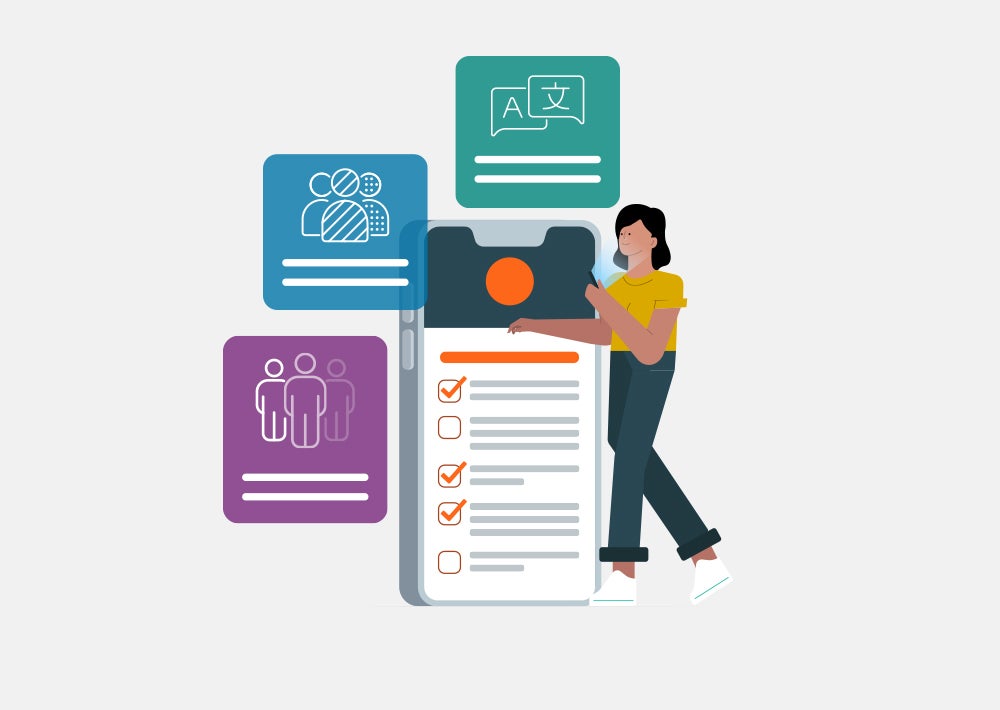The American Rescue Plan Act of 2021 was signed into federal law on March 11, bringing sweeping changes and much-needed financial support for healthcare. If you are part of a health system, medical practice, federally-qualified health center or a healthcare provider, there are three provisions of the $1.9 trillion American Rescue Plan Act that are especially important for you to be aware of and understand: expanded access to affordable health insurance, temporary expanded coverage for COVID-19-related medical care, and Provider Relief Fund updates that affect rural providers. We’ve briefly summarized each provision here.
Expanded access to affordable health insurance
The American Rescue Plan Act established substantive changes that have broadened access to healthcare coverage for millions of Americans.
Medicaid: The American Rescue Plan offers financial incentives for the 12 states that have not yet expanded their Medicaid programs to do so. In addition to a temporary 6.2% funding increase they can receive as part of the Families First Coronavirus Response Act, states that opt to expand Medicaid will be eligible for an additional 5% increase in their federal Medicaid matching rate for two years. If all 12 states take advantage of this opportunity, approximately 4 million non-elderly Americans will become eligible for healthcare coverage under Medicaid.
COBRA: Individuals who have been laid off or who have had their work hours cut back due to the pandemic will have their COBRA health-plan premiums fully subsidized from April 1 through September 30, 2021. This provision ensures that millions of unemployed and underemployed people will retain their health insurance coverage at no cost to themselves for the next six months.
Affordable Care Act (ACA) Marketplace plans: The American Rescue Plan created temporary changes to make ACA Marketplace healthcare plans more affordable. Through 2022, lower-income individuals will receive increased ACA subsidies, and middle-income individuals who earn more than 400% of the federal poverty line will now qualify for subsidies. The elimination of the “subsidy cliff” ensures that premium payments purchased through the ACA Marketplace will not exceed 8.5% of an individual’s income (with the exception of high-income earners). This provision markedly reduces premium costs for the 15 million people who are uninsured and who are eligible to purchase insurance on the Marketplace, as well as the 14 million people currently insured through those plans.
Temporary expanded coverage for COVID-19-related medical care
The American Rescue Plan guarantees that Medicaid, the Children’s Health Insurance Program (CHIP) and Medicare will cover COVID-19 testing, treatment and prevention, including vaccinations. Furthermore, non-grandfathered insurance plans must cover preventive COVID-19 treatments within 15 days after a treatment has been designated as preventive, rather than within the standard one-year window. Once the COVID-19 pandemic public health emergency order is lifted, these changes will remain in effect for one additional year, plus the next full calendar quarter following that one-year mark.
The implications of the above changes are twofold. First, many people may avoid care for COVID-19 symptoms or decline vaccination because they are worried about costs, so informing them about expanded healthcare coverage may give them confidence in seeking treatment and vaccination. Second, healthcare organizations should understand that expanded COVID-19 treatment coverage is not permanent and plan for future gaps in that coverage.
Provider Relief Fund Update
Established by the 2020 Coronavirus Aid, Relief, and Economic Security (CARES) Act, the Provider Relief Fund has distributed billions of dollars to healthcare organizations to support their pandemic response. In addition to the funds that have already been allocated, the American Rescue Plan provides $8.5 billion specifically to rural hospitals and healthcare facilities that are Medicare and Medicaid providers or suppliers. Providers seeking these funds must diagnose, test or care for people with suspected or diagnosed COVID-19. Eligible providers will need to submit new funding request applications and provide documentation of their actual expenses and lost revenue related to the pandemic. To apply, visit the U.S. Department of Health and Human Services’ website.
Find out more
To learn more about these provisions and other important information relevant to healthcare organizations, watch the March 18 Phreesia webinar recording presented in partnership with Goodwin Procter LLP, “The American Rescue Plan Act: What It Means for Your Healthcare Organization.”




